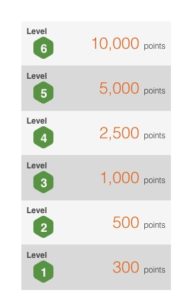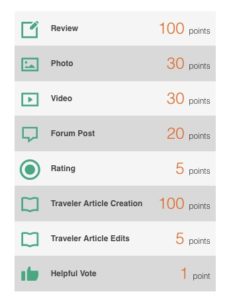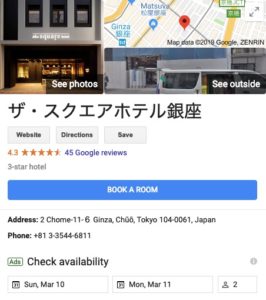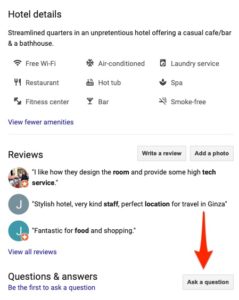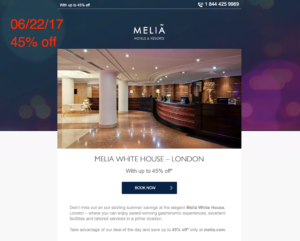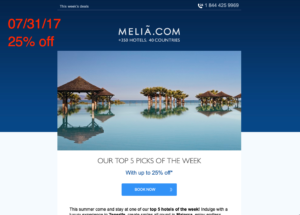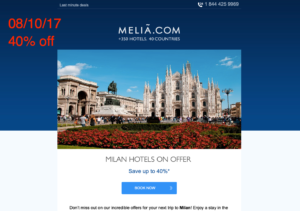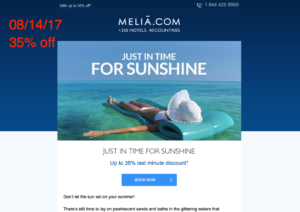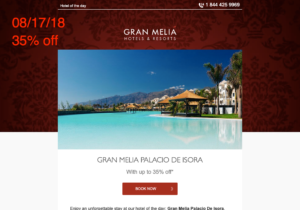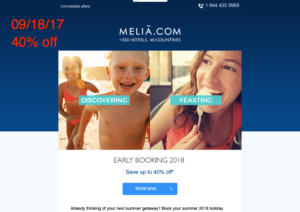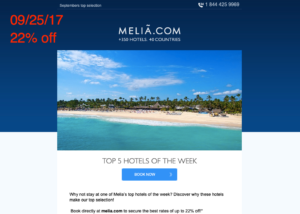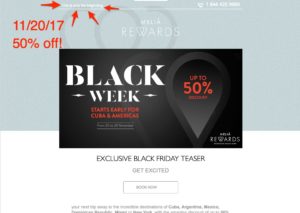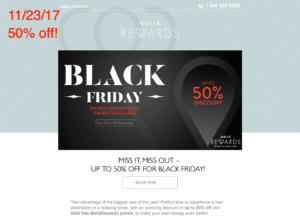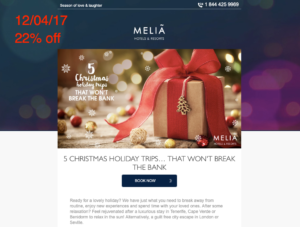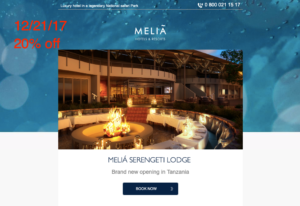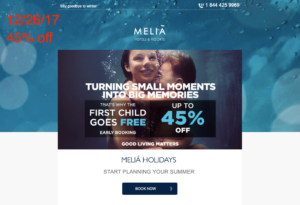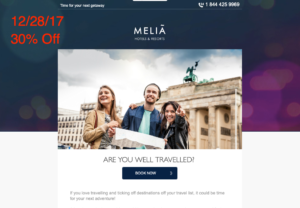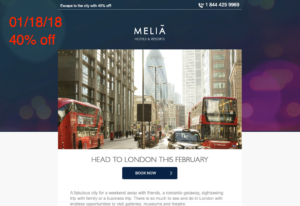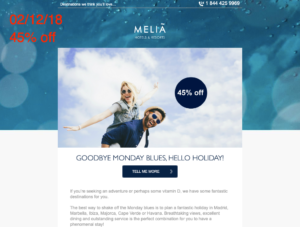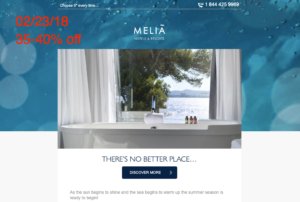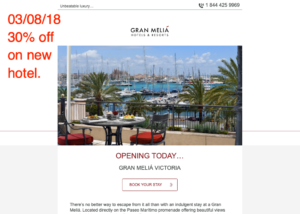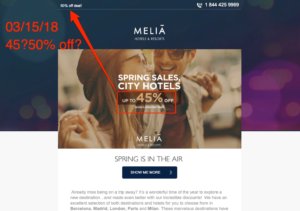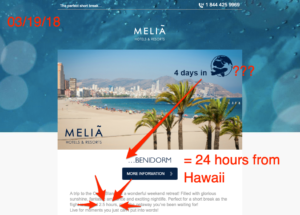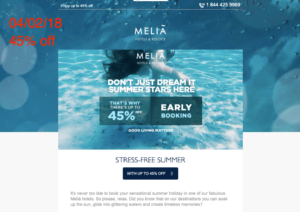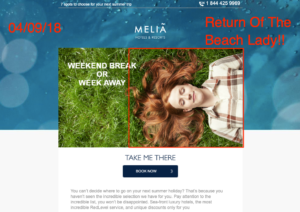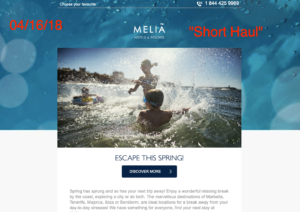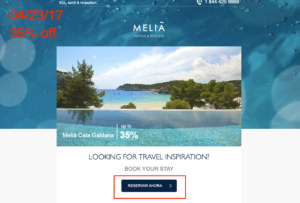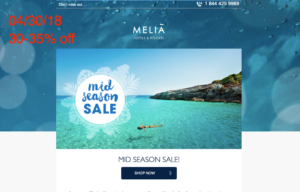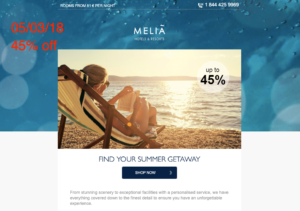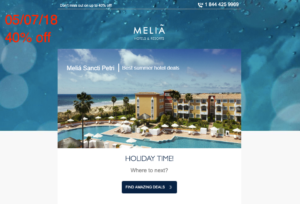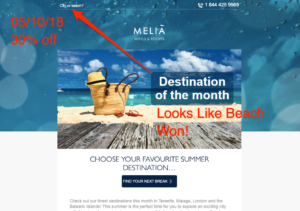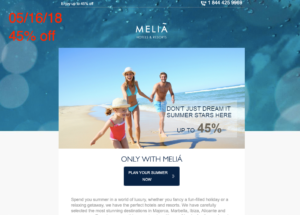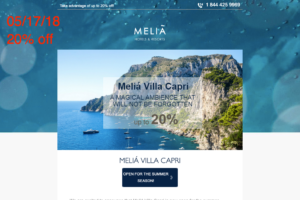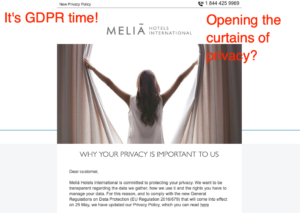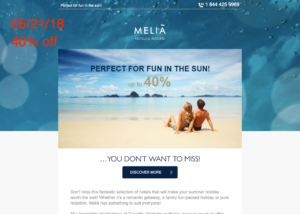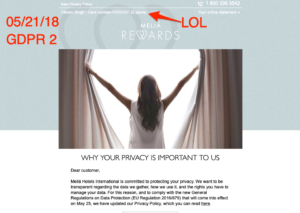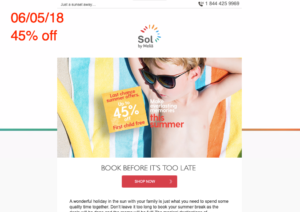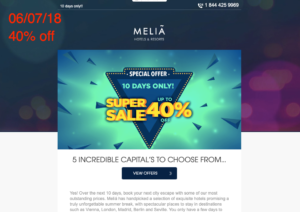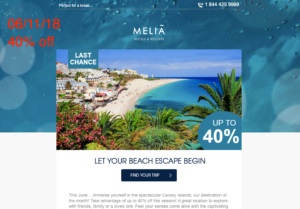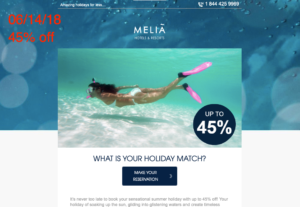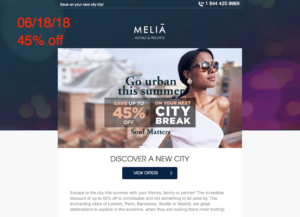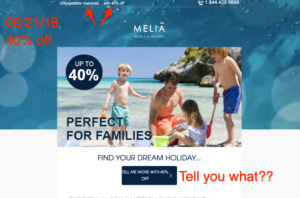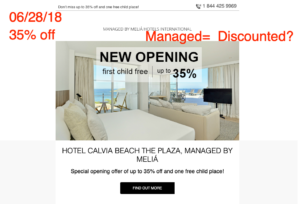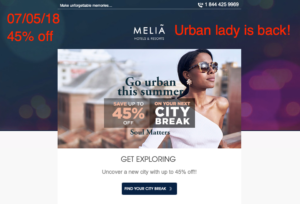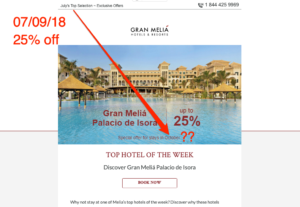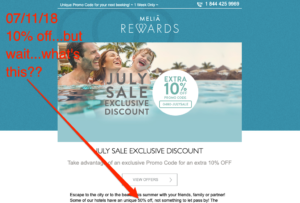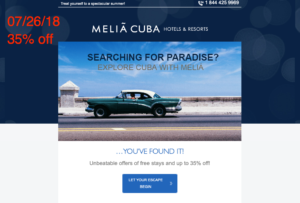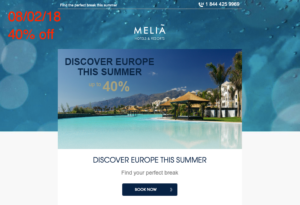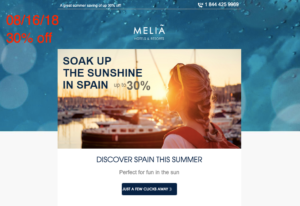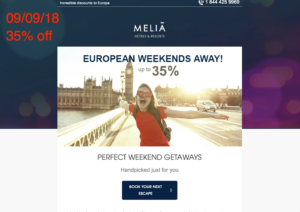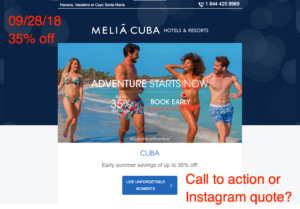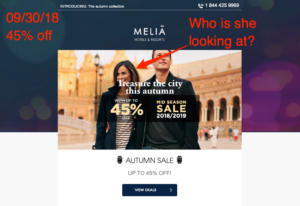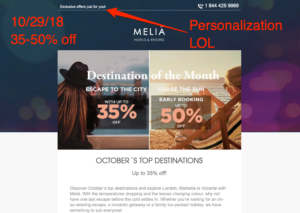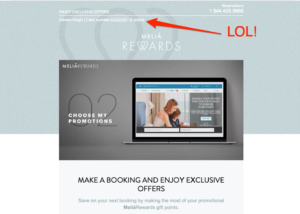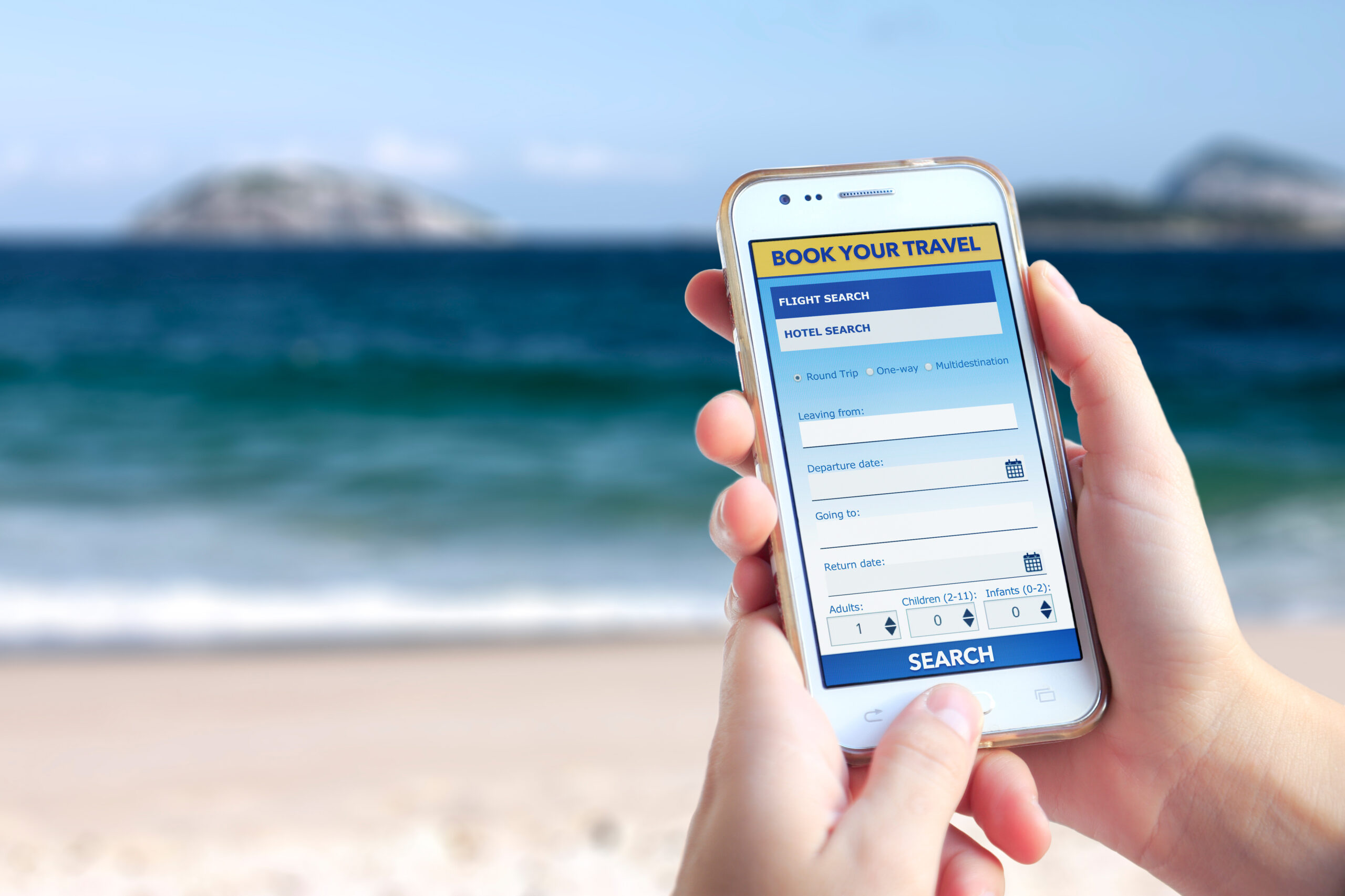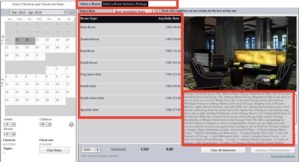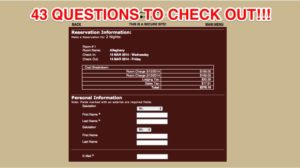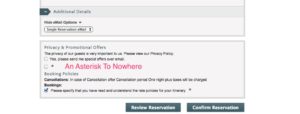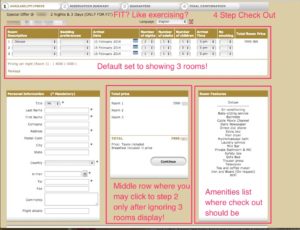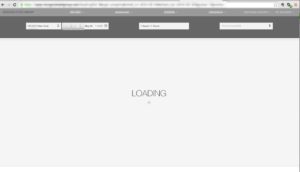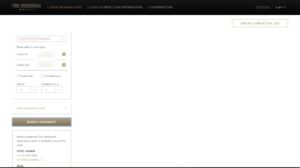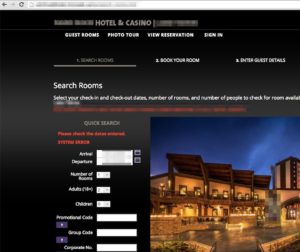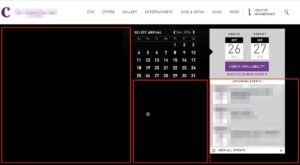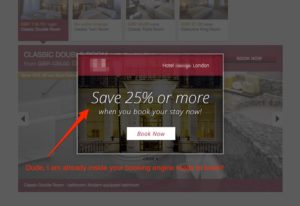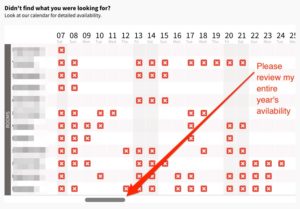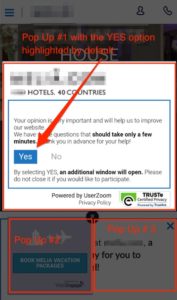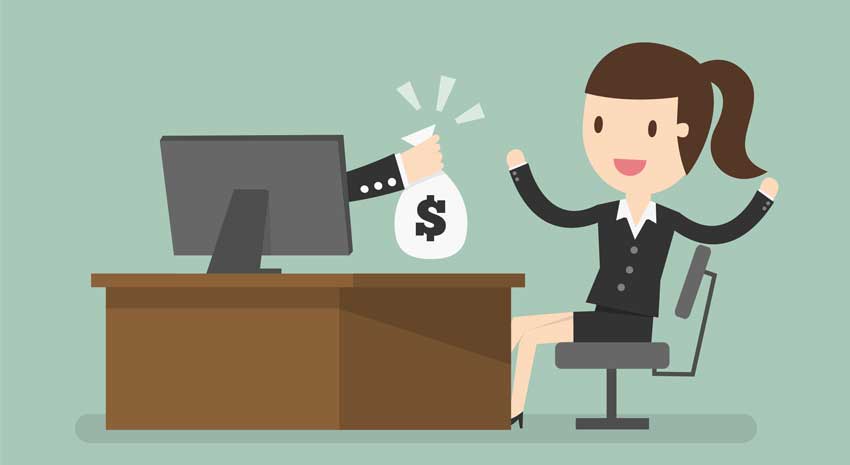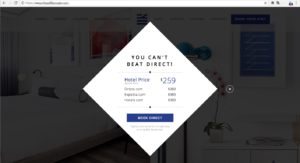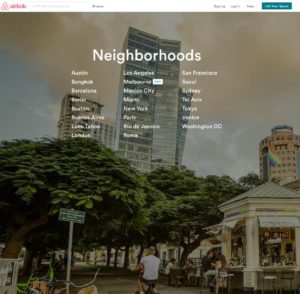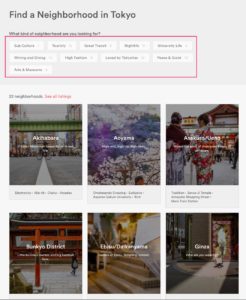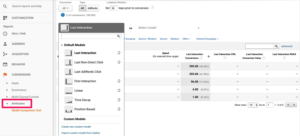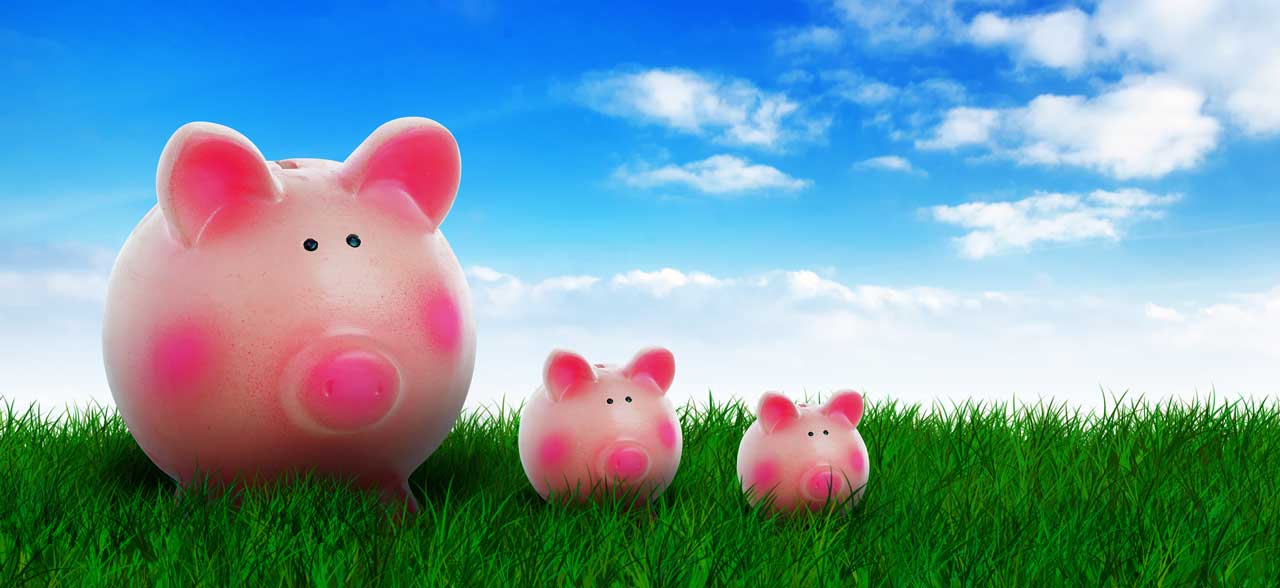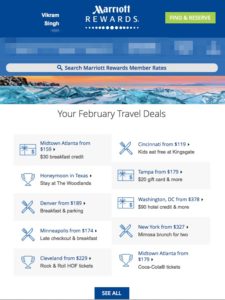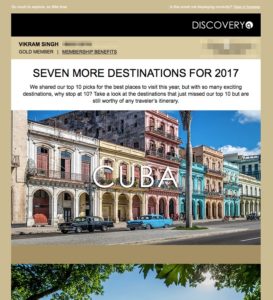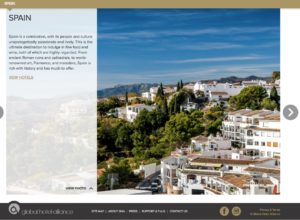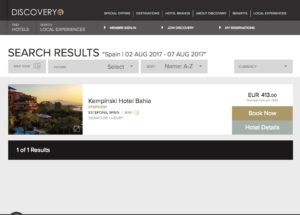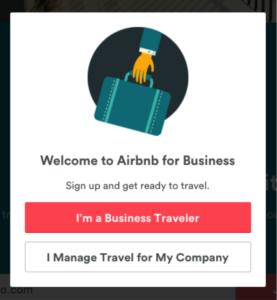As social media marketing continues to evolve and grow, one of the questions hotel owners/managers consistently ask me is whether or not it makes sense to work with influencers.
Personally, I strongly believe that social media is not good for your physical or mental health. I follow a strict “post it, log out” strategy. This is particularly relevant when I am trying to promote a speaking gig or share a new comedy tidbit. I don’t read comments, don’t follow, and don’t stay on social media beyond the time it takes me to post and quickly log out. Instead of citing dozens of studies that have been done on this subject, I like citing my own personal experience: My life is better since I deleted Facebook. That is just a fact.
The Miserybook
You cannot talk about social media without talking about Facebook (which I often refer to as Miserybook). You simply cannot escape it. They own Instagram and WhatsApp, and I use both apps respectively for research and communication. But you can break free from posting your deepest thoughts on an online platform and then waiting for other people to validate you.
Facebook has weaponized everyone’s personal data to sell ads, and it has been extremely profitable for them. What really stands out for me are the penalties imposed on Facebook for selling your data: it is a drop in their ocean of revenue. There is simply too much cash to be made by sharing your data with advertisers. For example:
- Facebook earned $16.6 billion in ad revenue in the second quarter of 2019 (a 28% increase year-over-year)! They made their biggest gains in the US and APAC markets.
- Remember the much talked about five billion dollar privacy violation fine from the FTC (Federal Trade Commission) in July 2019? It is easy to see that $5 billion USD is a small fine when you clear over $16 billion in one quarter.
For those not familiar with the FTC, it is an independent agency of the US government in charge of consumer protection and antitrust laws. Here is a brief summary from their website on what they do:
“protecting consumers and competition by preventing anticompetitive, deceptive, and unfair business practices through law enforcement, advocacy, and education without unduly burdening legitimate business activity”
Keep this handy, as we will be calling on our friends from the FTC again.
The Pursuit of Permanent Perfection
Why am I talking about Facebook? It is the senior citizen of social media channels. I often call it the AARP of social media channels. The thing is, they own Instagram: that’s where the “influencers” come from!
Instagram has caused much general unhappiness and suffering to young(er) folks, with its relentless emphasis on living the perfect life. Here are some distinctly negative features of Instagram:
- Fictionalized presentation of life, without reality checks or relatability
- Heavy Photoshop use, resulting in faultless imagery, leading to…
- Unrealistic appearances and negative body image, and…
- Heightened feelings of sadness and loneliness
If distancing yourself from friends, family and reality is your goal…oh boy, do we have a platform for you!
Those that regularly post their perfect life and body to share with their thousands or millions of followers will shill any product at the right price. They have made a beeline to the hotel industry and, as expected, a lot of hotels have taken the bait.
Hotels, Meet Influencers
“Everyone is a luchador, mi amigo.”
– Señor Ramon, Nacho Libre, 2006
Guess what? Today, everyone is an influencer. I can joke about myself being one, as I am oh so important in the travel industry. But in reality, I am stunned to see the hoards of people who have quit their day jobs to travel the world. For every established influencer, there are hundreds more emailing hotels every day asking for a free stay.
What do you get in exchange for this free stay? Here are the top two words thrown around:
- Collaboration
- Exposure
What you actually get? A vast endless ocean of sameness. These are the same 10 photos I see across all hotel social media influencer accounts:
- Yoga pose by the pool
- Breakfast tray in bed: same food, different hotels
- Poolside bikini shot in full makeup (because water + makeup are so good together)
- In-bed photo in robe/pj’s with perfect hair and makeup (because that’s how we all wake up)
- Jumping on the bed with perfect hair and makeup (sometimes with shoes on…eew!)
- Standing outside the entrance looking really intense
- Making a heart with their hands near the hotel logo
- Inspirational t-shirt side pose in the lobby
- Sitting fully dressed on the edge of the pool (like all normal people do)
- Hair splash making a circle in ocean, pool, river, lake, etc.
Independent hotels should really ask themselves: what’s the point of being independent if everything about you online is the same? There are hotels that thrive on sameness. They are called brand hotels, and we already have enough of them!
Mo’ Followers, Mo’ Revenue?
Short answer: No.
Long Answer: The lodging business sells an experience; it requires you to get off your couch and physically go there. It requires booking a flight or driving long distance, maybe taking a cab/ride share or renting a car. And it requires you to do one of the hardest things to do in the US: take actual time off, which requires a lot of planning.
When you are selling a lodging/stay experience, a high number of followers will not have the same impact for you as it would for, let’s say, magic weight loss supplements or face creams that make you look 20 again. Those products arrive in a nice box right at the door of your home or office. Zero effort is required other than entering your credit card details and shipping address. These are the businesses that can see revenue growth from follower growth. Everyone else is sipping on the high follower count Kool-Aid.
Since the influencer party started with hotels, I have yet to see a revenue increase for any hotel as a result of deploying influencers. But hey, apparently there is a healthy volume of exposure to be had, folks. It’s just a classic case of “don’t ask, don’t tell.”
Now where is that magic youth cream I ordered last week on Instagram?
Always Wear a Helmet
“You best protect your neck.”
– Wu Tang Clan,1992
Let’s say you just cannot help yourself and want to get involved in “influencer marketing.” The main thing to remember here is that the good ol’ FTC is like Roz from Monsters Inc…always watching. You must always clearly disclose when someone you are paying is talking about your brand online to their followers. One of the FTC’s favorite rules is the one about preventing deceptive business practices. Here are some top things to keep in mind.
- Full Disclosure. Anything you are offering in exchange for social media “exposure” needs to be clearly outlined. This includes a hotel stay, free meals, free activities, etc. Also, your disclosure needs to be clear and up front, not buried in the fine print. Guess what? There is a hashtag for that! #ad. In 2019, the FTC sent a letter to the top influencers asking them to be clear on sponsored posts.
- Consistent Language. An Ad is an Ad is an Ad. It’s not “spon” or a “collab.” Make sure your hotel is clearly called out as a sponsor for all the social posts. That information cannot be buried in the barrage of lifestyle adjectives being used in the content of the post. Also, if the post is multilingual, make sure you use matching language hashtags.
- Tag = Endorsement. Even if the influencer has left your hotel and decides to tag you in a post out of the blue a few months later, they must disclose the relationship they have had with your hotel in the past.
The Shrinking World of Hotel PR Agencies
Traditional PR is alive, but its value and scope are gradually shrinking. I am not surprised that influencer marketing has become a prominent service for them to offer. So let’s briefly talk about PR agencies and their strategies. In many cases, instead of holistically building your brand by producing content, the agencies have shifted their focus to how many influencers have checked into your hotel. If you feel the need to pay for PR services at your hotel, then be prepared to question your deliverables and their costs (including the cost of free rooms).
Here are some good questions to consider before committing to a long-term PR investment:
- Product: Do you have a hotel product worth talking about? If not, then PR is not a magic bullet. If you have a skimpy product, coupled with the fact that there are several other hotels in your market who look and talk exactly like you, then PR does not help. I have observed over the years that having a really good product gives you the magical ability to not pay for PR. Your guests do the work for you… for free.
- Agreement: Everyone needs to be in on the plan. PR only works when all departments at the hotel have buy-in. This is a top to bottom effort; otherwise, the PR ends up writing checks that your operations cannot cash. Marketing can take your message and distribute it, but there needs to be a reality check between what you are saying and what is actually happening at the hotel.
- Goals: There needs to be clarity on why you are investing in PR. Are you launching a new brand? Repositioning an old one? Doing damage control? The goals need to be set in the beginning. Strategic PR can bring long-term benefits, but there needs to be a clear metric in place to measure its success. Example: follower growth vs. engagement, follower growth vs direct traffic, etc.
- Content: Great PR is content that people engage with and which helps them learn about/plan/visualize their future hotel + destination experience. If you do not produce content (and just talk about influencer/social stats), then you are quickly going nowhere. Every content piece is not going to the NY Times travel section. There are niche publications on local and international levels that can bring you visibility as long as you are producing the right content about your hotel and destination. Sell your destination when possible. Remember that your hotel already exists there.
Small hotels simply cannot afford big-ticket PR, and that is nothing to be worried about. You need to take control of what is in your hands: your content! I have seen hotels sitting at under 20% occupancy, while spending hundreds of thousands of dollars on PR efforts revolving around influencers and paid posts in luxury travel magazines. The real kicker is that this PR agency sent a report to the hotel claiming that their influencer “exposure” to the hotel should be valued at … please sit down when you read this: 6 million USD! I made sure that they were let go the same day.
Try This Instead
Trying hard to stay relevant? Brand slipping away? How about investing in and testing out these avenues for your lodging business instead of using influencers:
- Get a better website. Use my guide to make a website that works for you and your guests.
- Invest in video. The youth love YouTube, so why not give it a chance? I am writing a guide on this.
- Get better content. Yes! People still read. So, follow my content guide and make sure your content is powering your website conversions.
- Get a better booking engine. Make sure you are not snatching defeat from the jaws of victory.
- Send better emails. Make the power of email marketing work for your hotel.
Conclusion
The barrage of social media imagery carefully curated to reflect perfect lives is quickly catching up with all of us in the general population. This constant stimulation is having two major side effects: depression through comparison, and anxiety that you should be doing something other than what you are doing. There is the feeling that you are left behind working in an office while the rest of the world seems to be on vacation. The decision you have to make is: do you want to contribute to this mental health epidemic? Spending money on something that really doesn’t contribute to your bottom line, while making people miserable, is an ethical decision that I cannot make for you. But I do think the financial decision is pretty clear.
I joked earlier that I unlocked the secret to happiness when I deleted my Facebook account… but I might be on to something.




